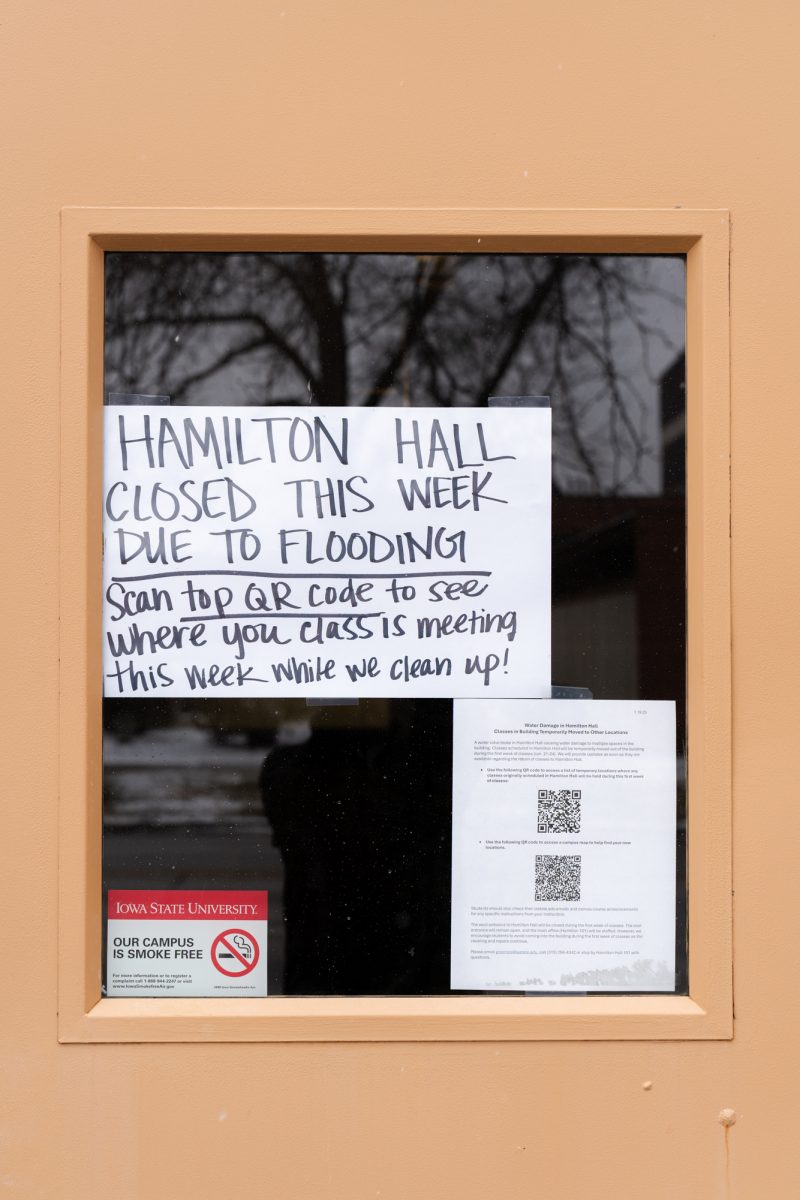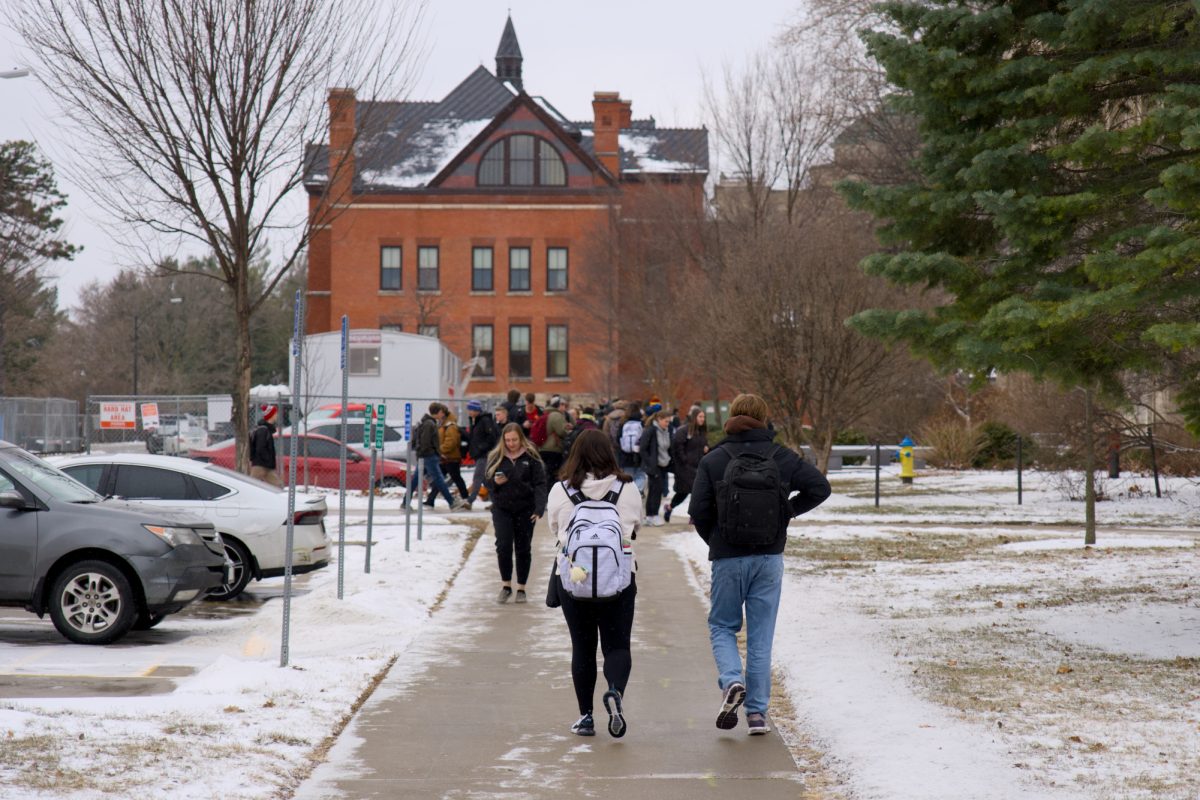Banquet shows struggles of the less fortunate
February 24, 2005
The inequality of world food distribution was felt by about 80 students and community members at the Hunger Banquet on Wednesday night. Participants ate meals similar to those consumed in First, Second and Third World nations after being divided into three dining groups based on real-world proportions.
“We are really here because people die every day that shouldn’t be dying,” said Amber Herman, junior in public service and administration in agriculture.
“These people are dying because every single day they wake up hungry.”
Participants in the First World section, representing 15 percent of the world population, were served a full course meal by ISU Dining caterers. After waiting in line, 30 percent of participants served themselves water, beans and rice. The remaining 55 percent of people, representing the Third World, ate rice and water while sitting on the floor.
Crystal Nord, senior in dietetics, said she thought the event brought attention to an important problem and had encouraged several of her floormates to attend the event.
“I don’t think two hours is enough to show the disparity that exists,” she said.
“People realize problems are occurring in the world that we try to ignore but we can’t.”
A participant in the Second World group, Nord said the conditions were not as pleasant as those in the First World, but it was better than sitting on the floor.
A diner in the low-income section, Mary Kuster, junior in food science, said she had no idea there were so many people in the Third World.
“It really kind of puts things in perspective for us,” she said.
Heidi Pilloud, junior in accounting, said many people in the First World group who were dining around her, felt uncomfortable.
“A lot of people there felt bad and wanted to give the people there their food,” she said.
Pilloud said the event had shown the problem is worse than she thought.
Girl Scout troop leader Sheila Nagle, who brought seven 5th grade students to the event, said it was important to teach children about the problem caused by unequal world food distribution.
“I think it was a good opportunity to raise their awareness of how fortunate they are on a daily basis,” she said.
Herman, who spent six weeks building a school and teaching in Africa, said the problem of unequal world food distribution cannot be solved through foreign aid dollars alone. She said the problem is caused by cheaply produced food from First World nations flooding international markets and making it difficult for the Third World nations to compete, she said.
“If you go and talk to Africans, they say we’re sick of money, could you please let us sell our crops?” Herman said. “This is a trade issue problem.”
She said people interested in helping solve the problem should work to understand people living in Third World nations by studying abroad, volunteering in poor countries or working with charity organizations.
“We have lots of statistics,” Herman said. “Allow yourself to make friends with the people you hear statistics about.”






